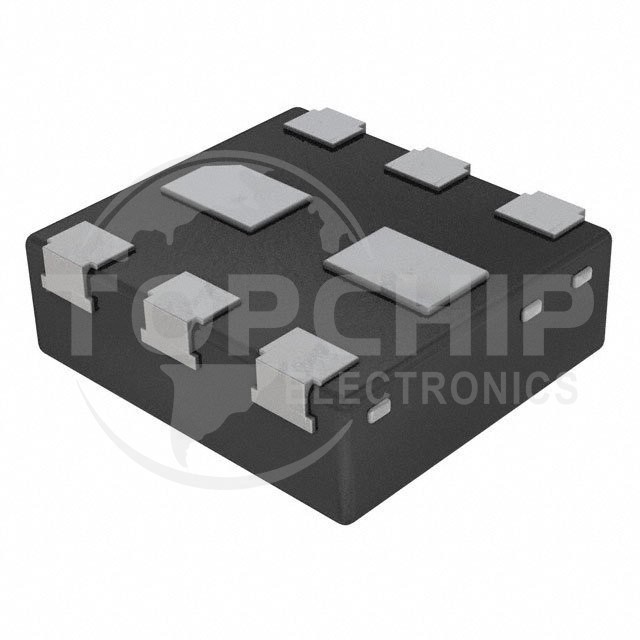Abstract:
Bipolar Junction Transistors (BJTs) are essential components in the realm of electronics, with various applications spanning amplifiers, oscillators, and switches. One critical aspect of BJT operation is its mode of operation—particularly saturation, which plays an essential role in digital switching circuits. In this article, we discuss several methods to determine if a BJT is operating in saturation mode to facilitate optimized circuit performance.

Introduction:
Bipolar Junction Transistors are three-terminal devices with two semiconductor junctions, typically classified as either NPN or PNP types. They operate in different modes, such as active, cutoff, or saturation, serving different purposes in circuitry. The saturation mode is of particular interest when it comes to digital switching circuits, where the BJT is utilized as a switch to control current flow through the load.
In the following sections, we will outline several methods to ascertain if a BJT is in a saturated state, ensuring efficient and reliable circuit design:
Method 1: Analyzing Voltage Conditions
When a transistor operates in the saturation state, both the collector-emitter (V_CE) and base-emitter (V_BE) junctions are forward-biased. A simple criterion to establish saturation is to compare V_CE and V_BE with the corresponding voltage drops. If V_CE < V_CEsat and V_BE > V_ON (the BJT switching threshold voltage), the transistor is in a saturated state.
Method 2: Reviewing Current Ratios
An alternative approach to determining saturation is to assess the collector current (I_C) and base current (I_B) relationship with the transistor's current gain factor (β or h_FE). If I_C < (β * I_B), the BJT is considered saturated. This mathematical relationship indicates that the transistor operates in saturation mode when supplied with ample base current to saturate the collector current.
Method 3: Employing Load Line Analysis
Load line analysis is an effective graphical method to visualize transistor operation. By plotting the load line on the device characteristic curves (I_C vs. V_CE), we can determine the Q-point (operating point) of a transistor. If the Q-point lies within the saturation region, the transistor is in saturation mode.
Method 4: Utilizing Circuit Simulation Software
Simulation software packages, including SPICE, Multisim, and LTSpice, allow an engineer to model and analyze a given circuit virtually. By simulating the BJT configuration, one can review V_CE, V_BE, I_C, and I_B conditions directly and establish if the transistor is indeed operating in saturation mode.
Method 5: Conducting Practical Measurements
Using measuring tools such as oscilloscopes, multimeters, or other specialized devices, an engineer can physically measure the voltage and current conditions in the circuit. These values can then be analyzed to determine the transistor operation mode per the above-mentioned conditions.
Conclusion:
The saturation mode of BJT operation plays a significant role in digital switching circuits. Accurate determination of whether a transistor is in saturation or not helps ensure the proper functionality and performance of a circuit. By employing the discussed methods—analyzing voltage conditions, reviewing current ratios, using load line analysis, utilizing circuit simulation software, and conducting practical measurements—engineers can reliably establish when a BJT operates in saturation mode. This understanding encourages effective, efficient, and robust electronic circuit designs.
We are the professional distributor of electronic components, providing a large variety of products to save you a lot of time, effort, and cost with our efficient self-customized service. careful order preparation fast delivery service
BJT related products:

